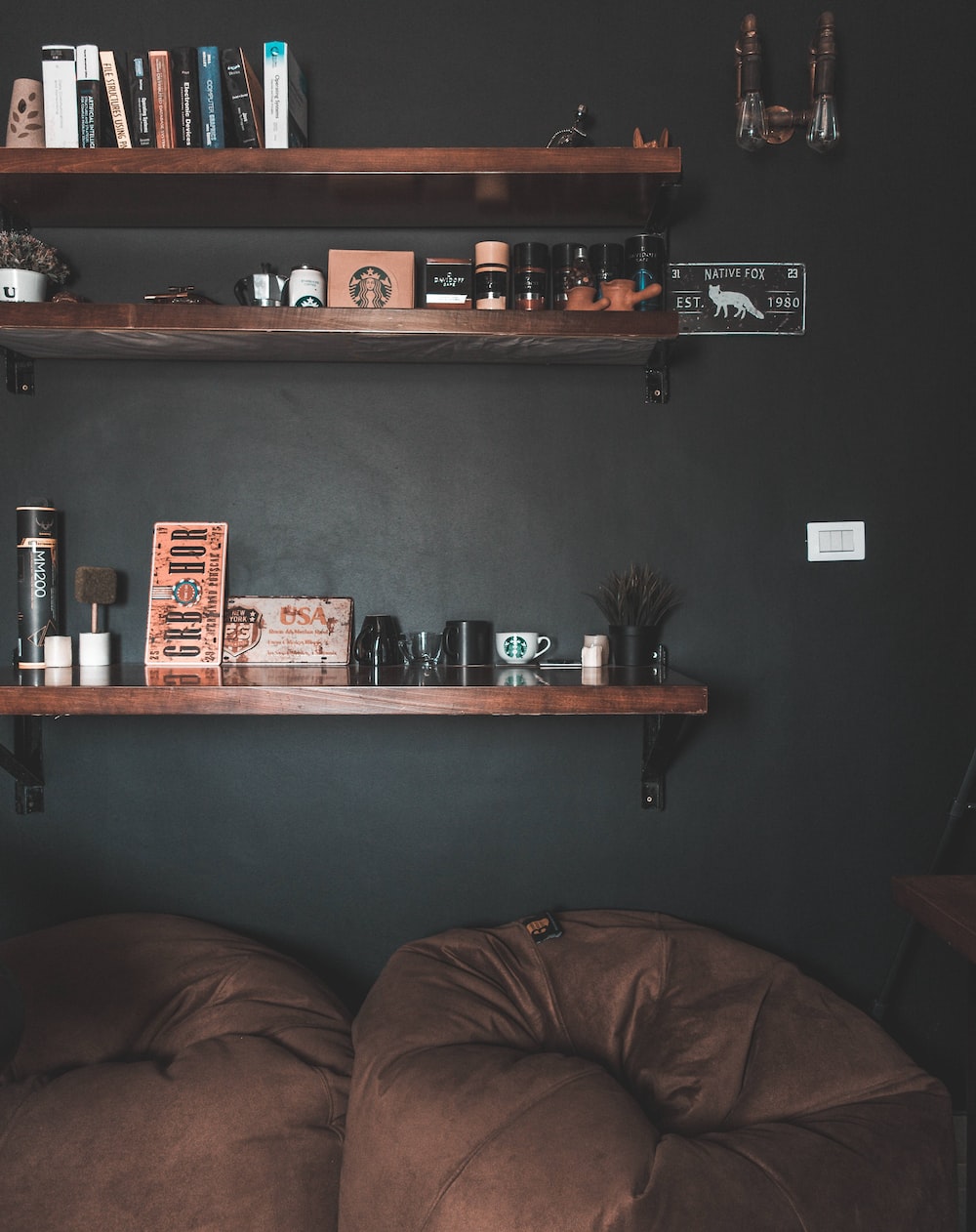
Paper documents are hard to keep in order, but a messy stack of papers makes life harder. So, today’s topic is how to make a filing system for your home that really works. Choose one that is easy to set up and run so that you can find the papers you need quickly and easily.
A smart file system is also flexible, so you can change it to meet the needs of your family as they change. So, you should be able to add and remove files without having to change the system as a whole.
Jessica Bennett is Better Homes & Gardens’ digital assistant house editor. She writes and edits for BHG.com, where she focuses on organizing, cleaning, and decorating, among other things. She has written more than 800 articles for BHG.com, and her work on interior design and decorating has been published in 16 national print magazines, such as Do It Yourself, Country Home, Beautiful Kitchens & Baths, Secrets of Getting Organized, and others. She has been writing for magazines and digital media for almost five years. Jessica went to Iowa State University and got her B.S. in journalism and public communication. Her second major, which was in French language studies, was also done well. Before she graduated, she was accepted into the Kappa Tau Alpha honor society, which recognizes academic success in the field of communications. She is now going to the New York Institute of Art + Design to get a certificate in interior design.
This week’s goal is to get your home files in order so that you can find the papers and records you need quickly and without spending a lot of time filing.
On average, these kinds of papers are less common than things like bills and receipts that can be thrown away after a certain amount of time. In this article, I explain how to make a “retention schedule” and when to get rid of old papers.
No matter how small or few the people who live there are, every home needs a place to keep and file papers. This can be done with a cardboard bankers box, a file drawer or cabinet, or a rolling filing basket.
Managing a large number and variety of papers is needed for a number of tasks. Whether you’re working with paper or digital documents, it’s important to set up your workspace and files in a way that helps you work quickly and effectively. This article talks about how to set up your office’s filing system so that it works well.
How well a filing system works depends on a number of things.
Effective filing methods keep information organized and make it easy to find what you need quickly. Simple folder names and simple file management can often lead to clear benefits. This is true for both hard copies and digital files.
How do files and folders fit together?
Open the folder that has all of the files you want to sort, then right-click and choose Sort by. The files can then be put in order by name, date, type, size, or tags. After that, it’s much easier to organize digital files.
What are the three most popular ways to file?
There are three different kinds of filing and sorting systems: alphabetical, numeric, and alphanumeric.
Which way of putting papers in order is the fastest?
Wire files or magazine racks can be hung on the wall to make it easy to sort mail and other papers. By using your airspace, you can keep important documents in sight and in mind. Labeling the hanging files will help you get them in order quickly and easily. You could also make a message center on one of your walls.
How do you organize folders so that they work well?
Organizing folders so that they compete with each other is not a good idea. Make directories with as few duplicate categories as you can. Instead, you should make a lot of folders and use nesting to put them in the right order.
What’s the point of putting files in order?
If subfolders are organized by year, it will be easier to find older versions of files. Also, it will be easier to get rid of old information from years past that you no longer need. When you set up the hierarchical organization, all of your files will be put in the folder structure you made.
What are the most up-to-date ways to file?
There are two ways to file in the modern world: I flat filing, which is filing on its side, and (ii) vertical filing, which is filing on its back. With horizontal filing, files or folders are stacked horizontally and kept in drawers. The documents are put inside one another.
How do you know where your papers and mail are?
Wire files or magazine racks can be hung on the wall to make it easy to sort mail and other papers. By using your airspace, you can keep important documents in sight and in mind. Labeling the hanging files will help you get them in order quickly and easily. You could also make a message center on one of your walls.